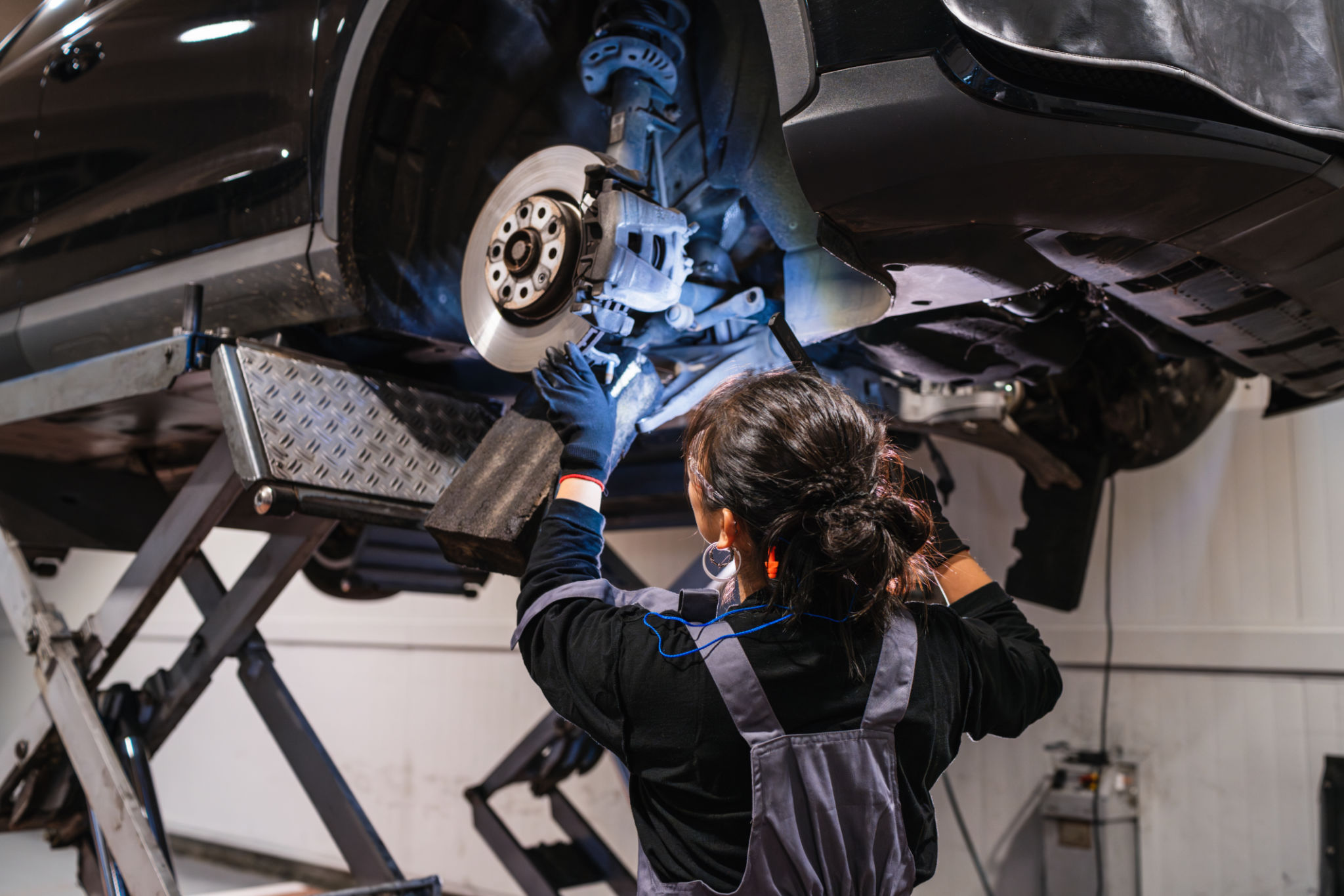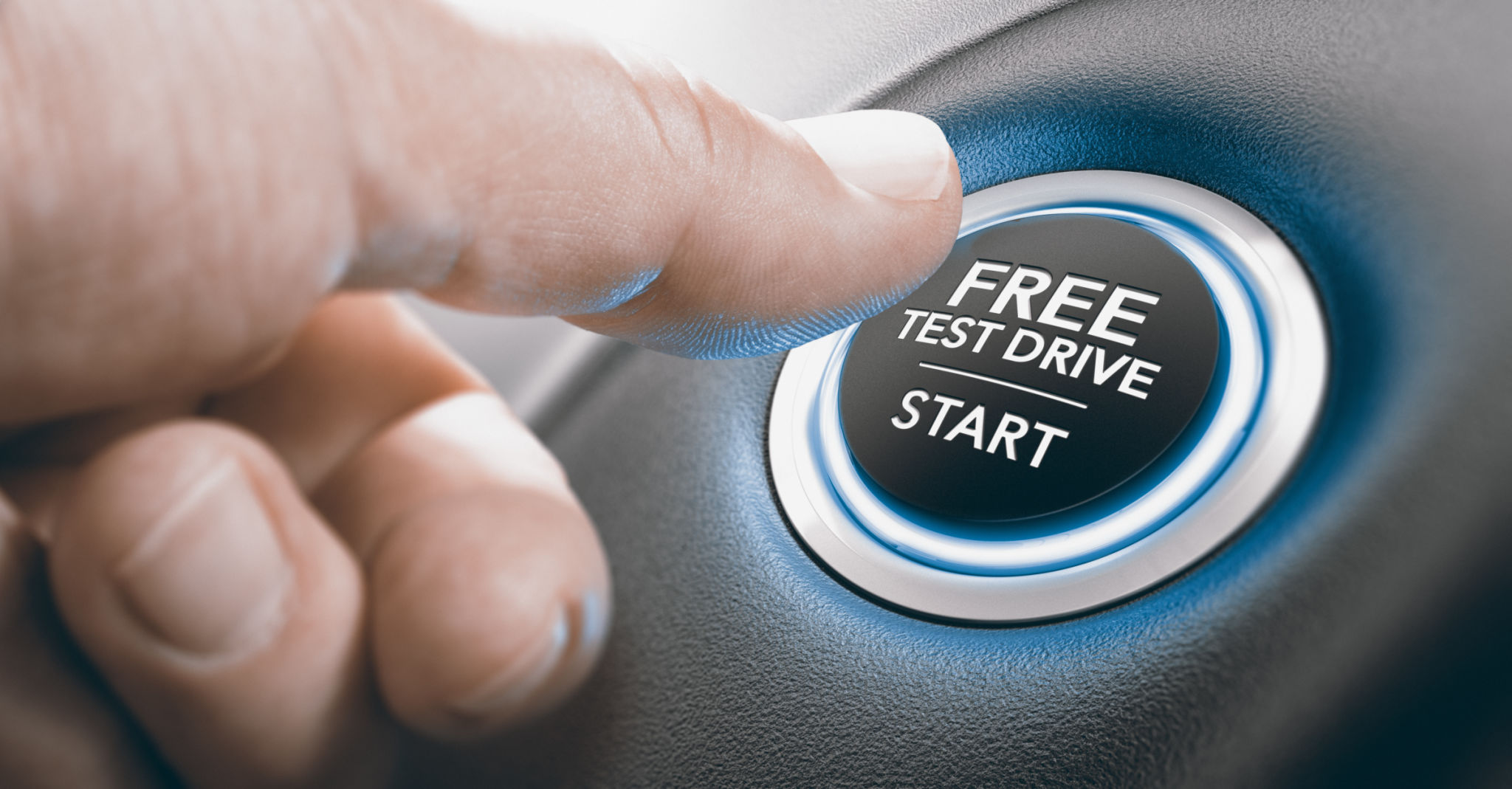How to Avoid Common Pitfalls When Buying a Used Car
Research Thoroughly Before You Begin
When buying a used car, the first step is to conduct comprehensive research. Start by identifying the type of car that suits your needs. Consider factors such as fuel efficiency, size, and reliability. Websites like Kelley Blue Book and Edmunds offer detailed information about different models and their market values, which can be a great starting point.

Once you have a few models in mind, dive deeper into user reviews and expert opinions. Forums and automotive websites are valuable resources where you can learn about common issues associated with specific models. This groundwork will help you avoid cars that might seem appealing at first but have hidden problems.
Inspect the Vehicle Carefully
Never skip the inspection process when buying a used car. Start with a visual inspection; check for any signs of rust, dents, or mismatched paint that could indicate previous damage. Inside the car, make sure all the features like air conditioning, windows, and lights are functioning properly.
For a more thorough check, it’s wise to bring along a trusted mechanic or take the car to a service center for inspection. Professional mechanics can identify issues that might not be visible to an untrained eye, such as engine problems or worn-out brakes.

Check the Vehicle History Report
Obtaining a vehicle history report is crucial. This report provides information on the car’s past, including previous ownership, accident history, and service records. Services like Carfax or AutoCheck can provide these reports for a fee. A clean history report typically indicates a safer purchase, whereas reports with numerous accidents or unresolved issues should raise red flags.
Test Drive the Car
A test drive is an essential part of the used car buying process. It gives you a feel for how the car handles on the road and helps identify any immediate issues. Pay attention to how the car starts, accelerates, and brakes. Listen for unusual noises and ensure that the steering feels responsive.
During the test drive, try driving in different conditions such as city traffic and highways to get a comprehensive understanding of the car’s performance. Don’t hesitate to test all the features, including the radio, air conditioning, and navigation system.

Negotiate Wisely
Once you’ve decided on a car, it’s time to negotiate the price. Use the research you’ve gathered to your advantage. Know the fair market value of the car and use it as a baseline for negotiation. Don’t be afraid to walk away if the seller isn’t willing to meet your price expectations.
Finalize the Purchase
After agreeing on a price, ensure that all paperwork is in order before finalizing the purchase. This includes the title transfer, bill of sale, and any warranty documentation if applicable. Ensure that taxes and registration fees are clearly understood and accounted for in your budget.
Finally, review your insurance options before driving your new purchase home. Having appropriate coverage is not only legally required but also provides peace of mind as you hit the road in your newly acquired vehicle.
